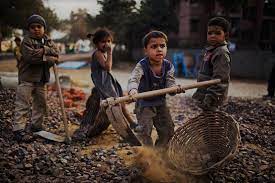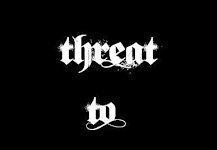Child Labour refers to the exploitation of children through any form of work that deprives children of their childhood, interferes with their ability to attend regular school, and is mentally, physically, socially and morally harmful. Such exploitation is prohibited by legislation worldwide, although these laws do not consider all work by children as child labour; exceptions include work by child artists, family duties, supervised training, and some forms of child work practiced by Amish children, as well as by indigenous children in the Americas.
It has existed to varying extents throughout history. During the 19th and early 20th centuries, many children aged 5–14 from poorer families worked in Western nations and their colonies alike.
Some of the root causes:
- Poverty.
- Lack of access to quality education.
- Poor access to decent work.
- Limited understanding of child work.
- Natural disasters & climate change.
- Conflicts & mass migration.
- Fighting child work.
What are the problems of child labour?
Child labour can result in extreme bodily and mental harm, and even death. It can lead to slavery and sexual or economic exploitation. And in nearly every case, it cuts children off from schooling and health care, restricting their fundamental rights and threatening their futures.
How do we stop?
- Review national laws regarding child labour.
- Refer to your buyers’ requirements.
- Check the age of your employees.
- Identify hazardous work.
- Carry out workplace risk assessment.
- Stop hiring children below the minimum age.
- Remove children from hazardous work.
- Reduce the hours for children under the.
Who is affected?
152 million children worldwide are victims of child labor; 88 million are boys and 64 million are girls. Girls who leave school early do so disproportionately to undertake responsibility for chores within their own homes, while boys are more likely to leave school prematurely in order to join the labor force.





